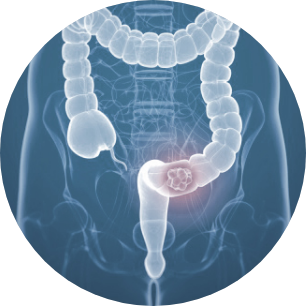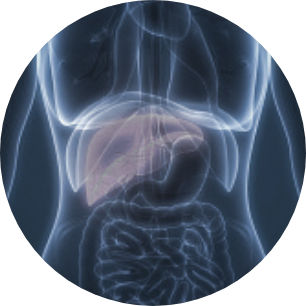A broadly applicable technology.
Our TAC platform is very versatile and can be readily combined with both existing and novel targets. While our primary focus was initially Claudin 18.2-expressing cancers, we have added 3 novel targets to our pipeline with INDs targeted to be filed late 2023 or early 2024.





